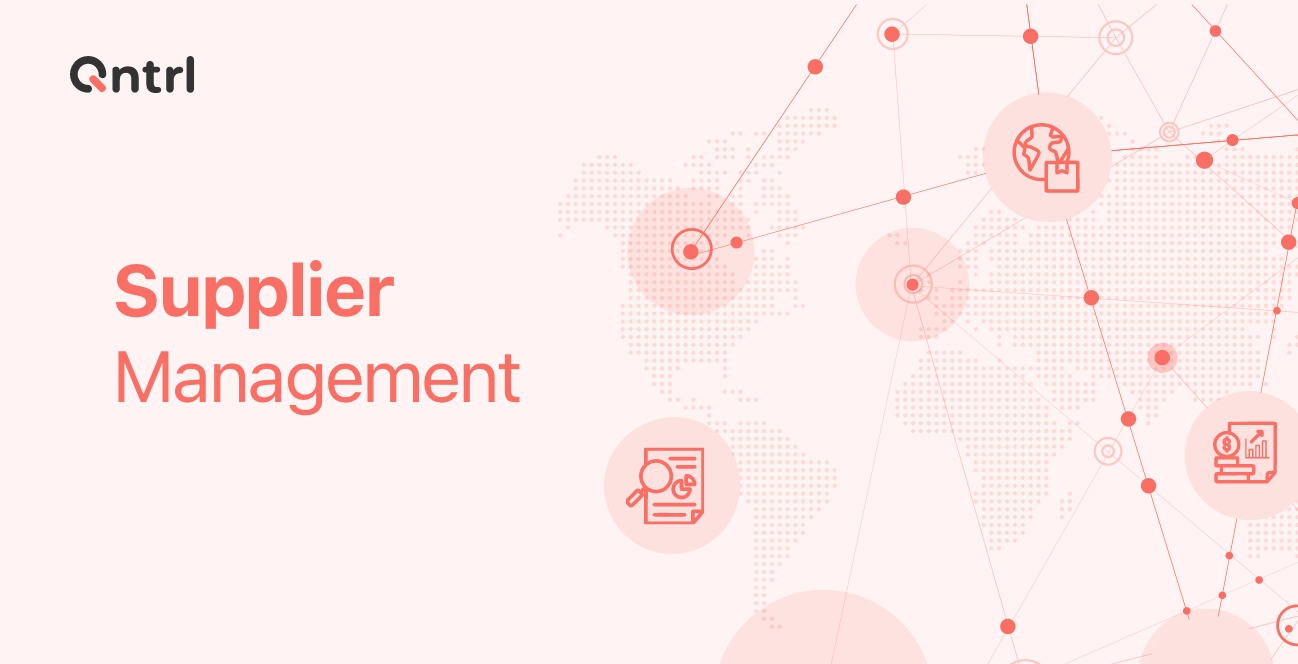Many businesses overlook the importance of streamlining their procurement processes to enhance efficiency and make the most of outsourcing solutions. They find themselves at a loss of resources and a game plan when they begin to scale operations. With meeting supplier demands, growing risk in output management, and handling staff, they're often overwhelmed.
If you’ve ever held a position involving procurement, you've probably looked into ways to streamline these processes. While challenges may crop up, with a well-thought-out strategy, your company can run like a well-tuned machine.
Optimizing procurement processes
Streamlining procurement processes is key for scaling enterprises. This means improving operations and finding ways to minimize hurdles, ultimately creating an efficient system.
Inefficient procurement can impact companies, causing delays in deliveries and straining relationships with suppliers. CEOs and CFOs who prioritize excellence understand the importance of streamlining procurement processes. But where should you start?
Getting started with thorough process mapping
Operation clarity aids in process efficiency, and efficiency begins with clarity in the workflow logic—usually mapped out manually or through a tool like BPM. Start by mapping out your procurement processes and pinpointing bottlenecks, redundancies, and common areas of delay. This audit sets the stage for enhancements.
Embracing automation
Manual procurement methods impede efficiency, but automation reduces mistakes and speeds up tasks. Implementing procurement software helps streamline activities like generating purchase orders and communicating with suppliers.
Utilizing data for making well-informed decisions
Streamlined procurement procedures yield insights that can steer decision-making, with sophisticated analytics that have the capability to project demand, fine-tune inventory levels, and reveal opportunities for cost savings during scaling.
Nurturing relationships with suppliers
Procurement scaling goes beyond its transactional nature; it thrives on fostering relationships. Collaborative partnerships can enhance pricing structures, elevate quality standards, and expedite delivery timelines.
Exploring procurement outsourcing options during scaling
While internal procurement teams are essential, they do come with limitations. This is where procurement outsourcing solutions come into play, offering advantages like:
Specialized knowledge: Outsourcing partners bring in-depth expertise that helps keep pace with industry trends and provides solutions.
Cost efficiency: Outsourcing often leads to cost savings by securing agreements through established supplier connections.
Focus on core strengths: Delegating non-core procurement tasks allows internal teams to concentrate on initiatives.
Scalability: Outsourcing enables businesses to rapidly expand their procurement activities, which is an asset in dynamic market environments.
Risk management: External providers excel in managing supply risks and adapting swiftly to market changes.
A strategic approach to enhancing procurement effectiveness
Boosting procurement efficiency requires a strategy—one that involves in-depth knowledge of your procurement processes and an intuitive ability to change various factors at your business.
1. Conduct a review of your current procurement processes.
2. Establish clear goals to enhance procurement efficiency.
3. Embrace technology and automation tools to improve procurement processes.
4. Make decisions based on data insights to drive better choices.
5. Nurture relationships with suppliers.
6. Promote a culture of improvement within the procurement team.
7. Assess the advantages of outsourcing procurement functions.
Incorporating BPM into procurement operations significantly enhances the scalability of procurement firms. Let's delve into how BPM contributes to scalability.
Standardizing and scaling processes with BPM
BPM ensures that procurement procedures are standardized and well-documented. This standardization sets a foundation for scalability by offering a framework that can be replicated and adjusted as the company expands. Uniform processes help procurement firms grow while maintaining quality and compliance standards.
Automation and optimization of workflows
BPM platforms come with automation features that streamline procurement workflows. By automating tasks like processing purchase orders and managing invoices, BPM reduces workloads and enhances operational efficiency.
This automation empowers procurement companies to handle increased transaction volumes without needing resources, thereby supporting scalability.
Flexibility and adaptability
Scalability necessitates the ability to adapt to evolving business requirements swiftly. BPM solutions provide the flexibility to tweak processes and workflows in response to changing needs.
Whether scaling up activities to meet rising demands or adjusting procurement strategies in light of market changes, BPM empowers procurement firms to stay nimble and responsive.
Visibility into data and monitoring performance
Scalability hinges on data-driven insights and monitoring performance. BPM tools offer visibility into procurement processes, delivering real-time analytics on metrics, such as cycle times and supplier performance.
By monitoring performance metrics, procurement companies can pinpoint areas that need enhancement and fine-tune operations to scale up effectively, ensuring that growth is both sustainable and streamlined.
Elevating collaboration
As procurement firms grow, it's crucial for them to work closely with suppliers and internal partners. BPM promotes collaboration by offering a hub for working and exchanging information.
By aligning workflows, organizations can boost coordination within the procurement network, which aids scalability through process optimization and improved communication channels.
In conclusion, streamlining procurement procedures helps businesses create a cost-efficient and competitive environment that fosters growth and operational excellence. With a strong focus on innovation and creative solutions, organizations can successfully navigate evolving landscapes and position themselves as industry leaders.








